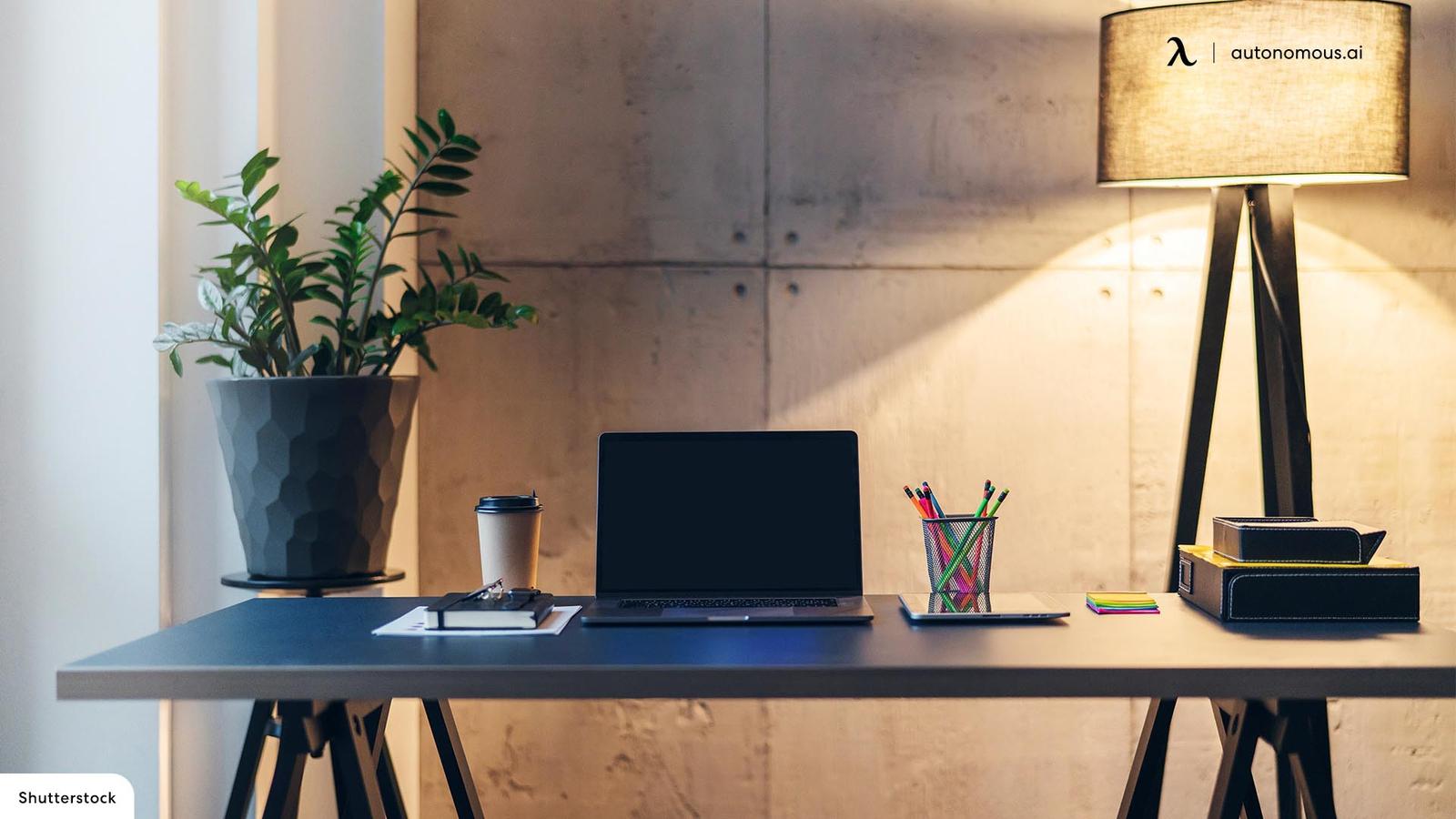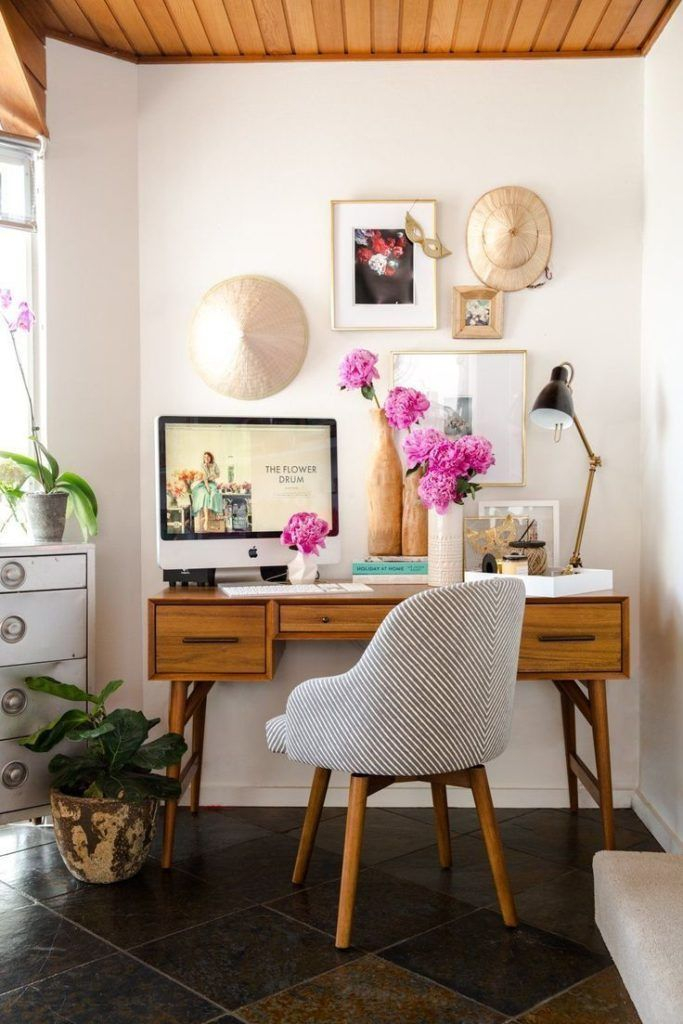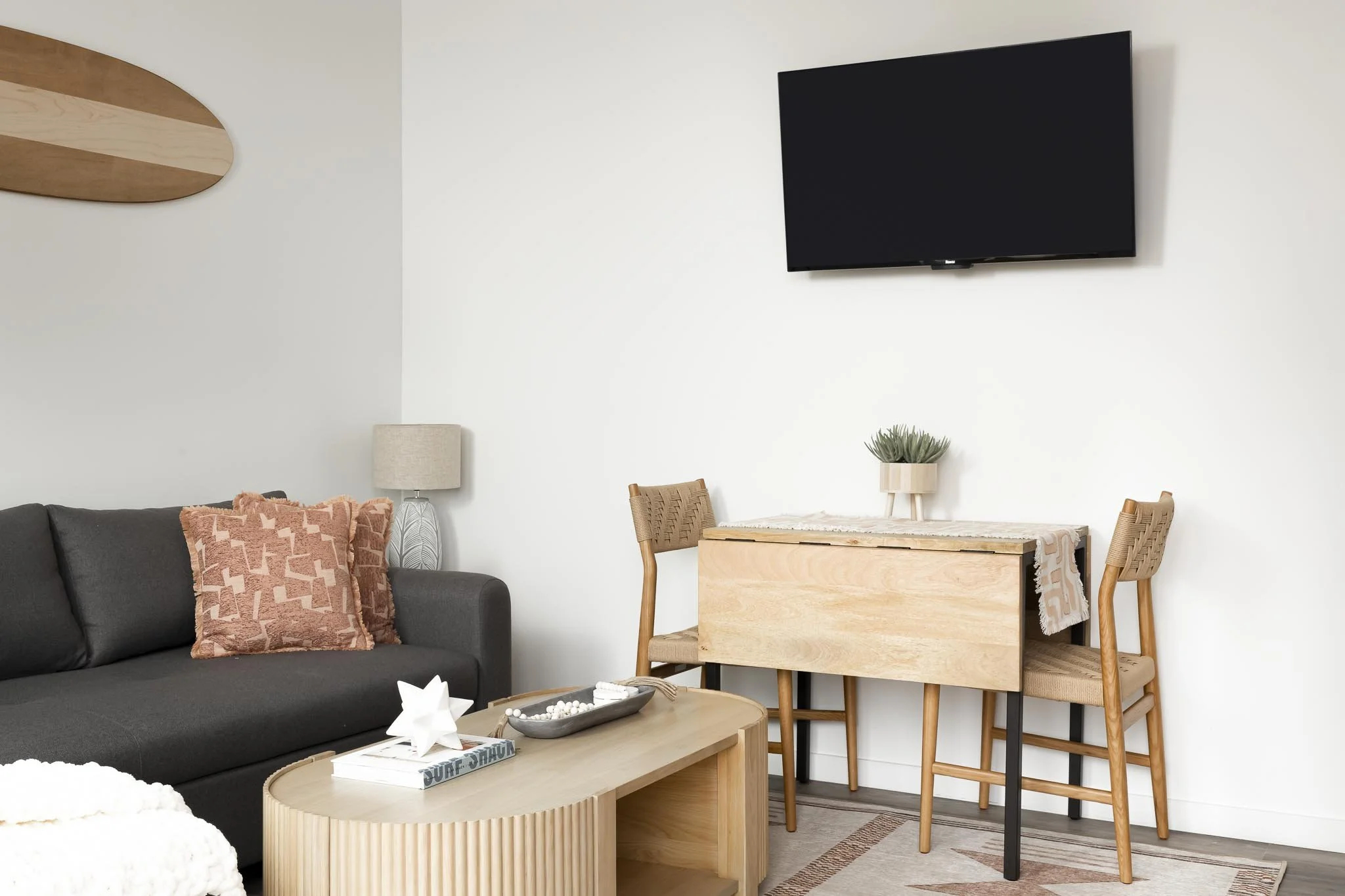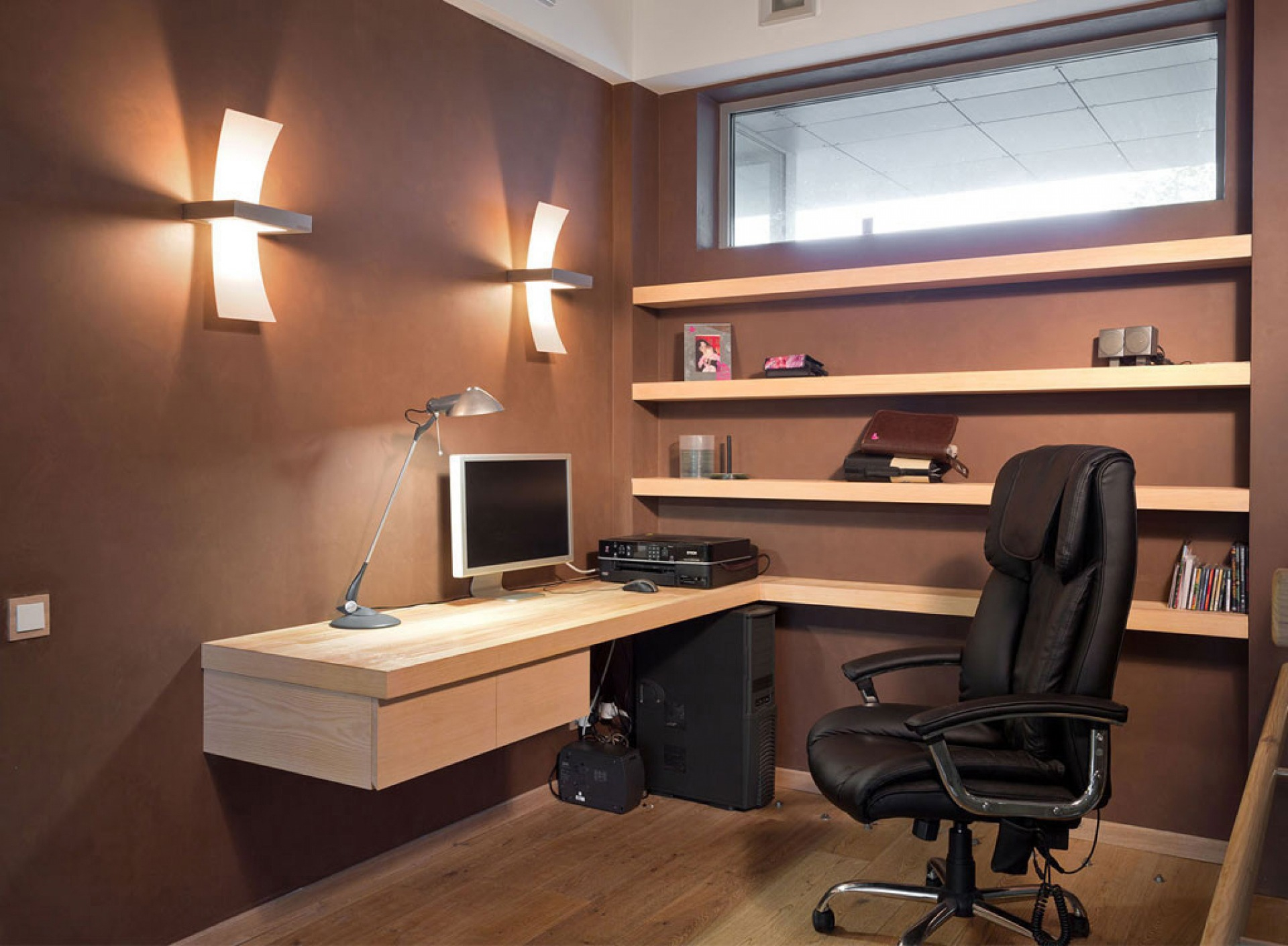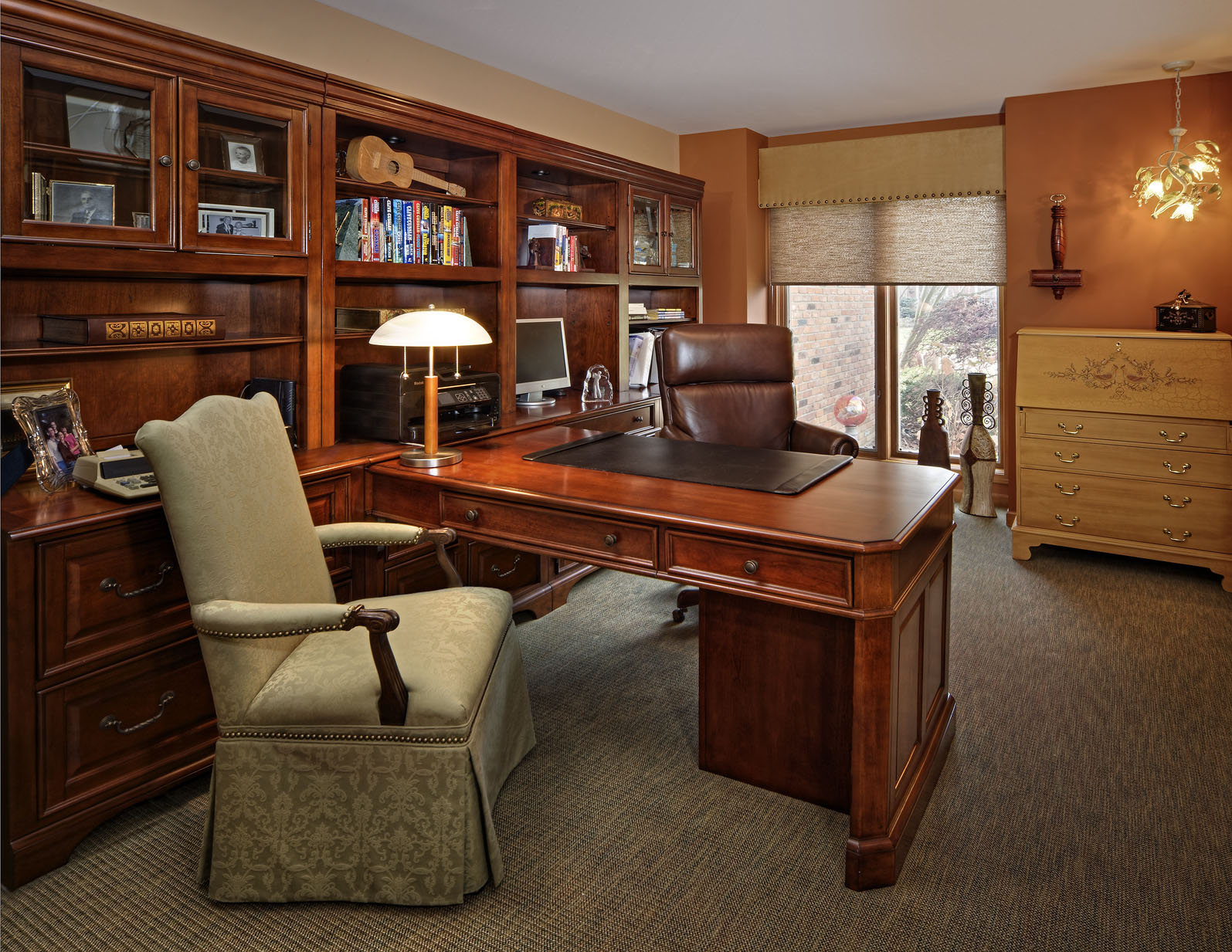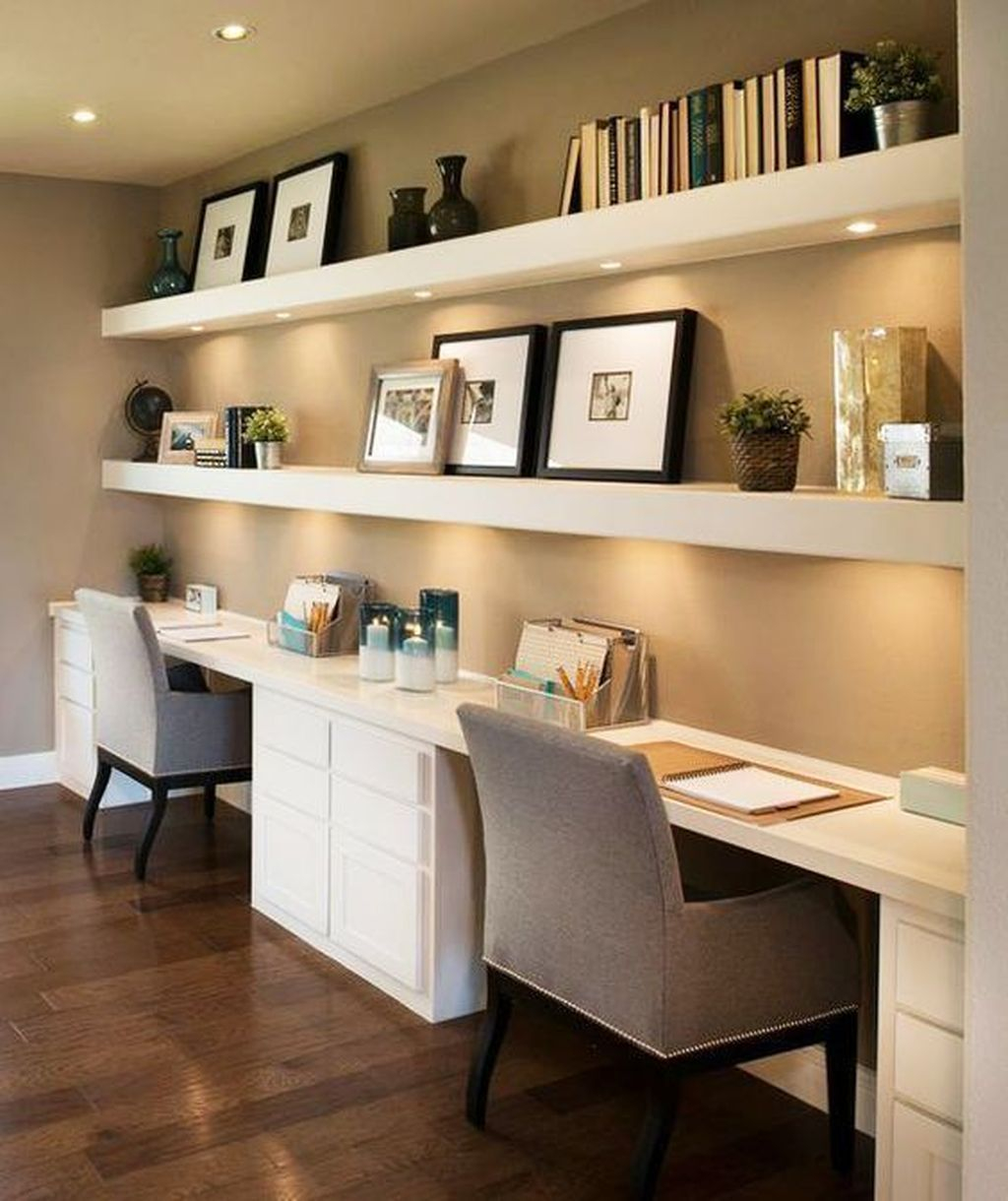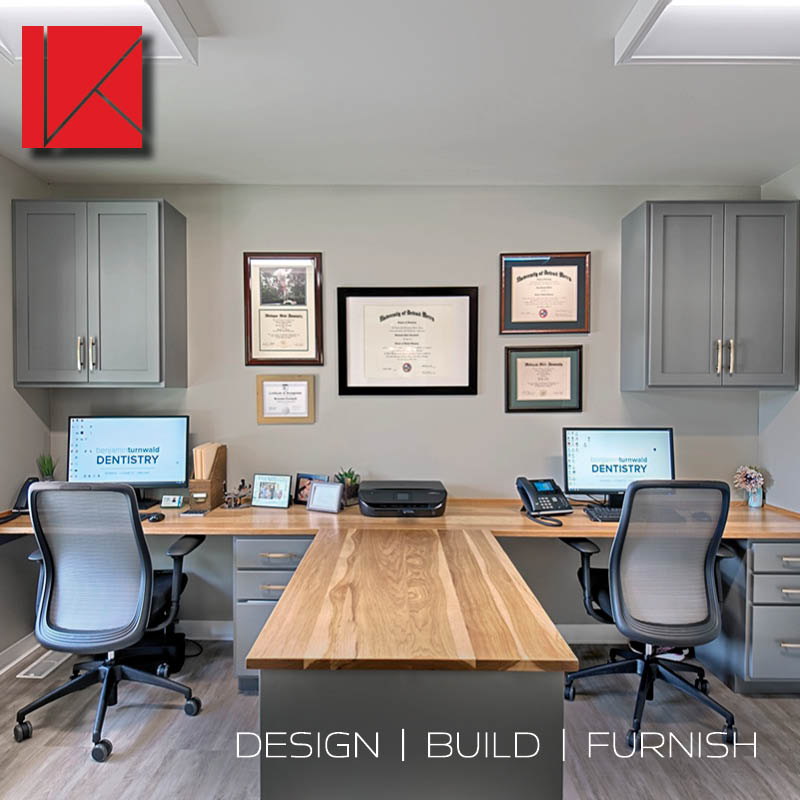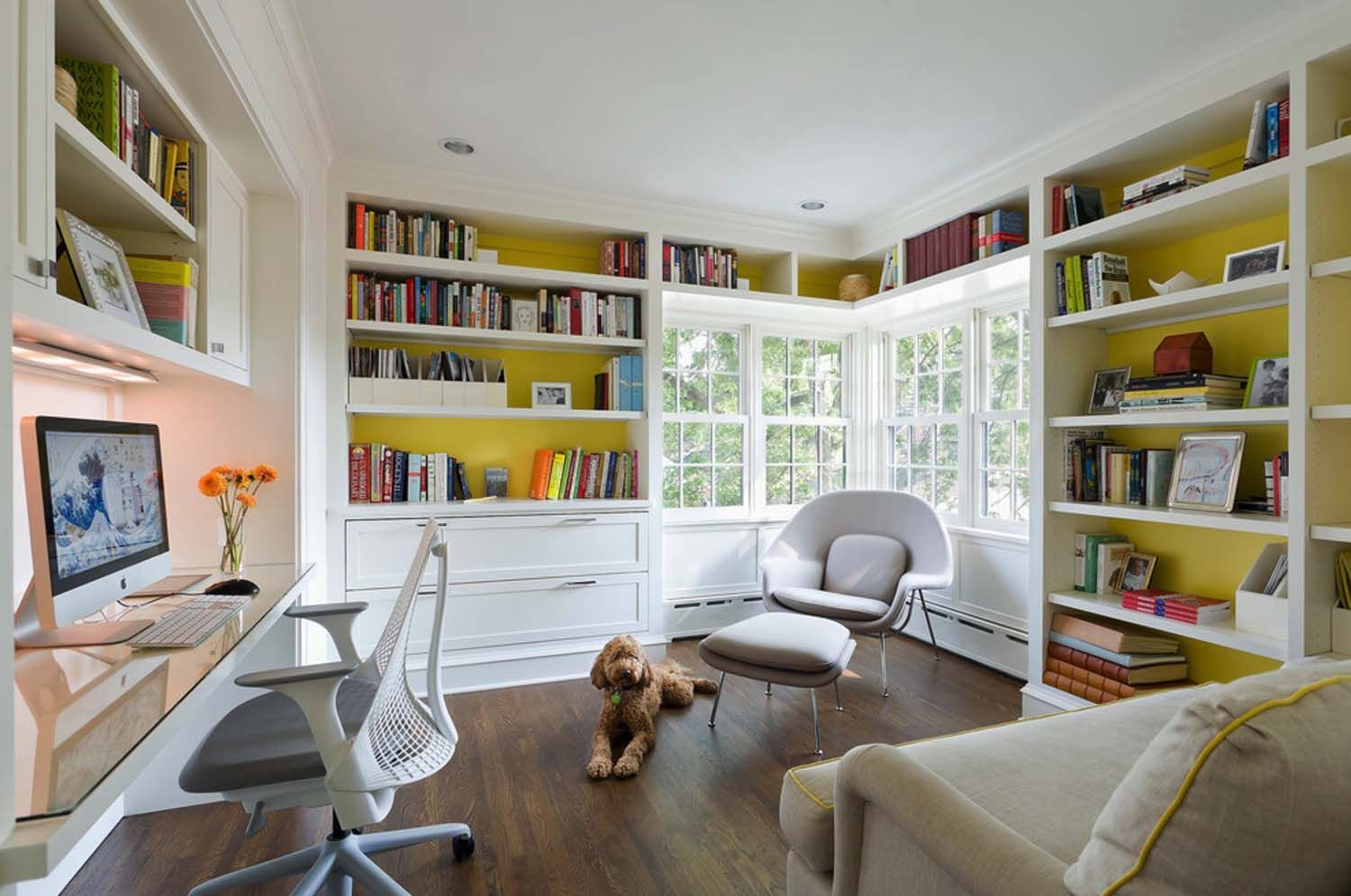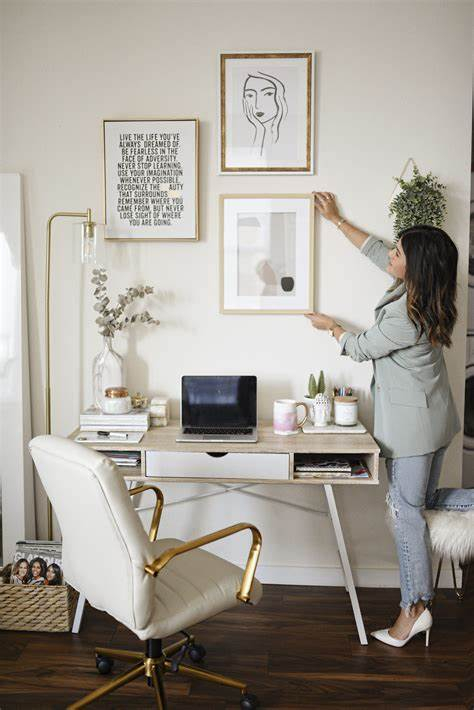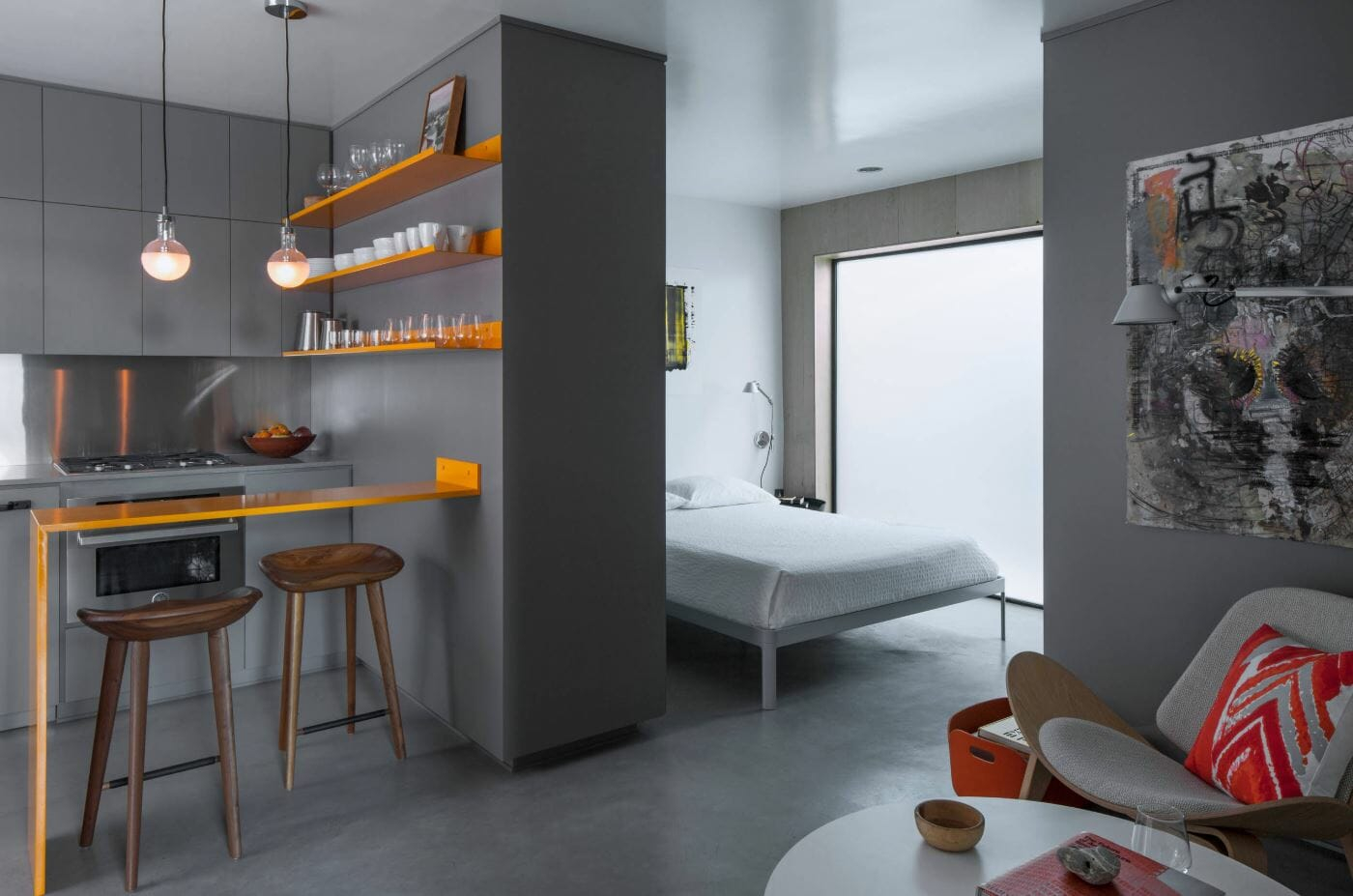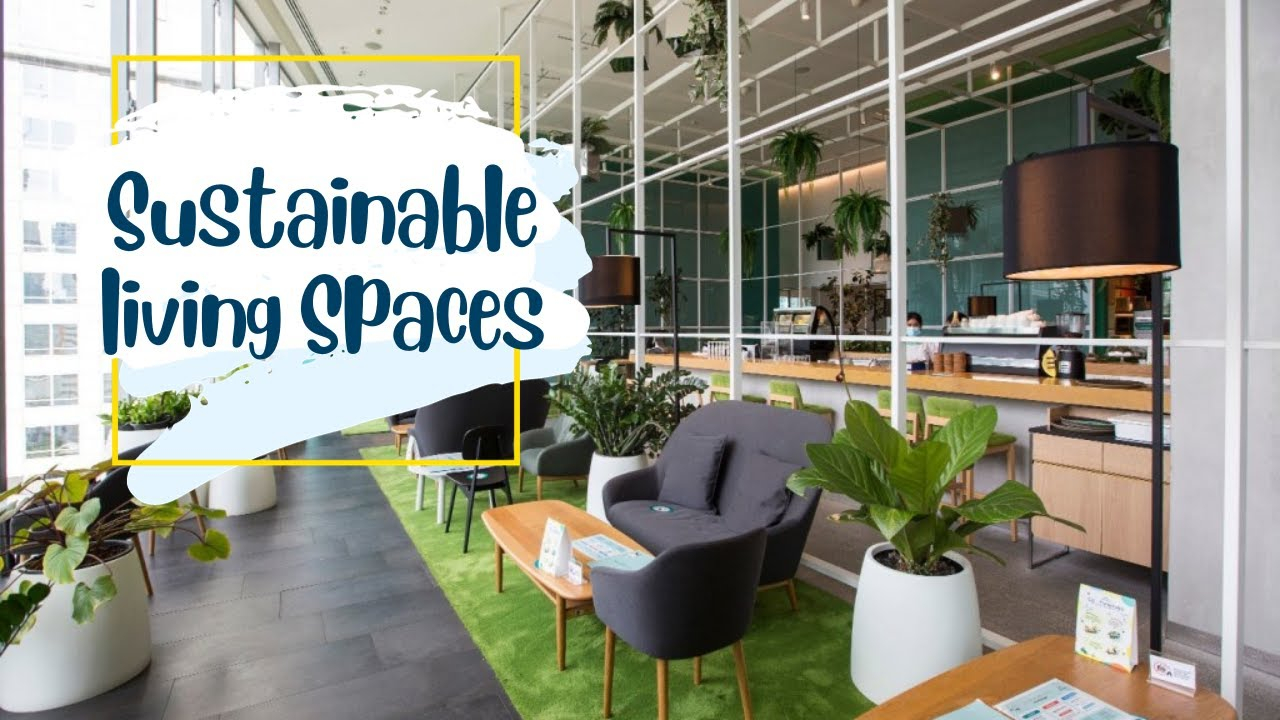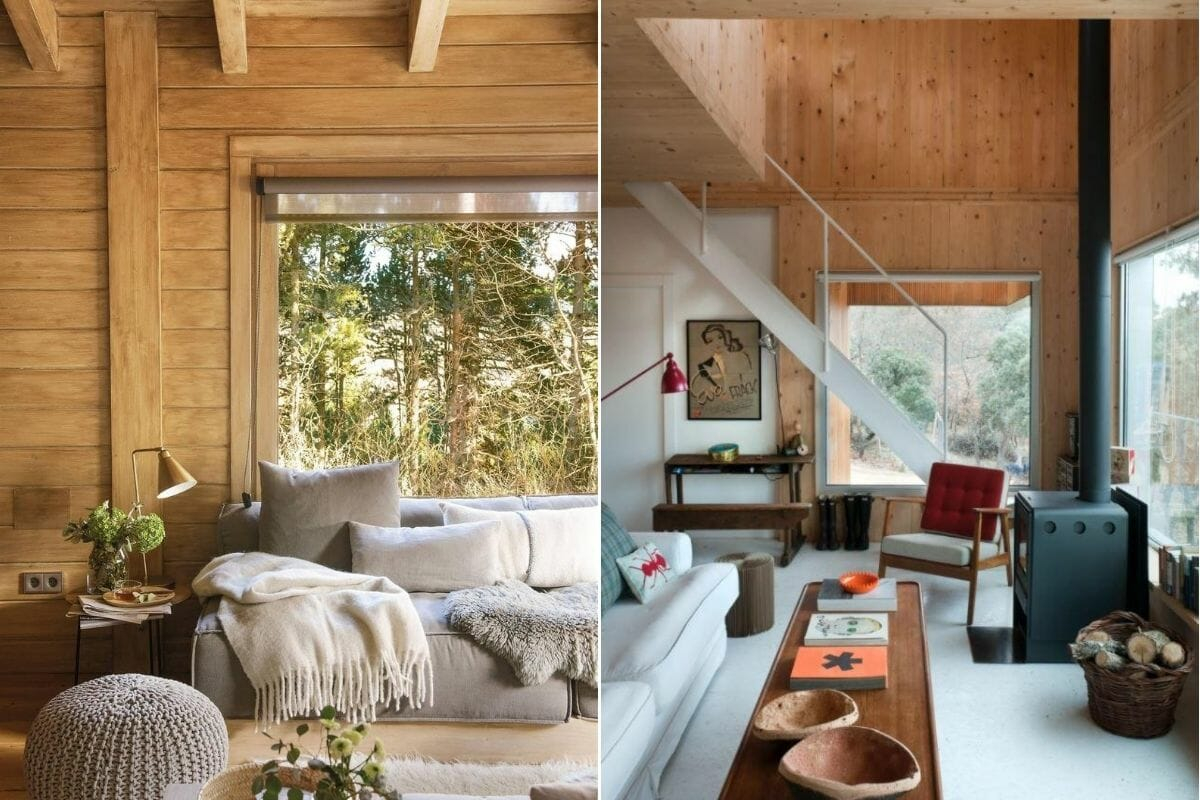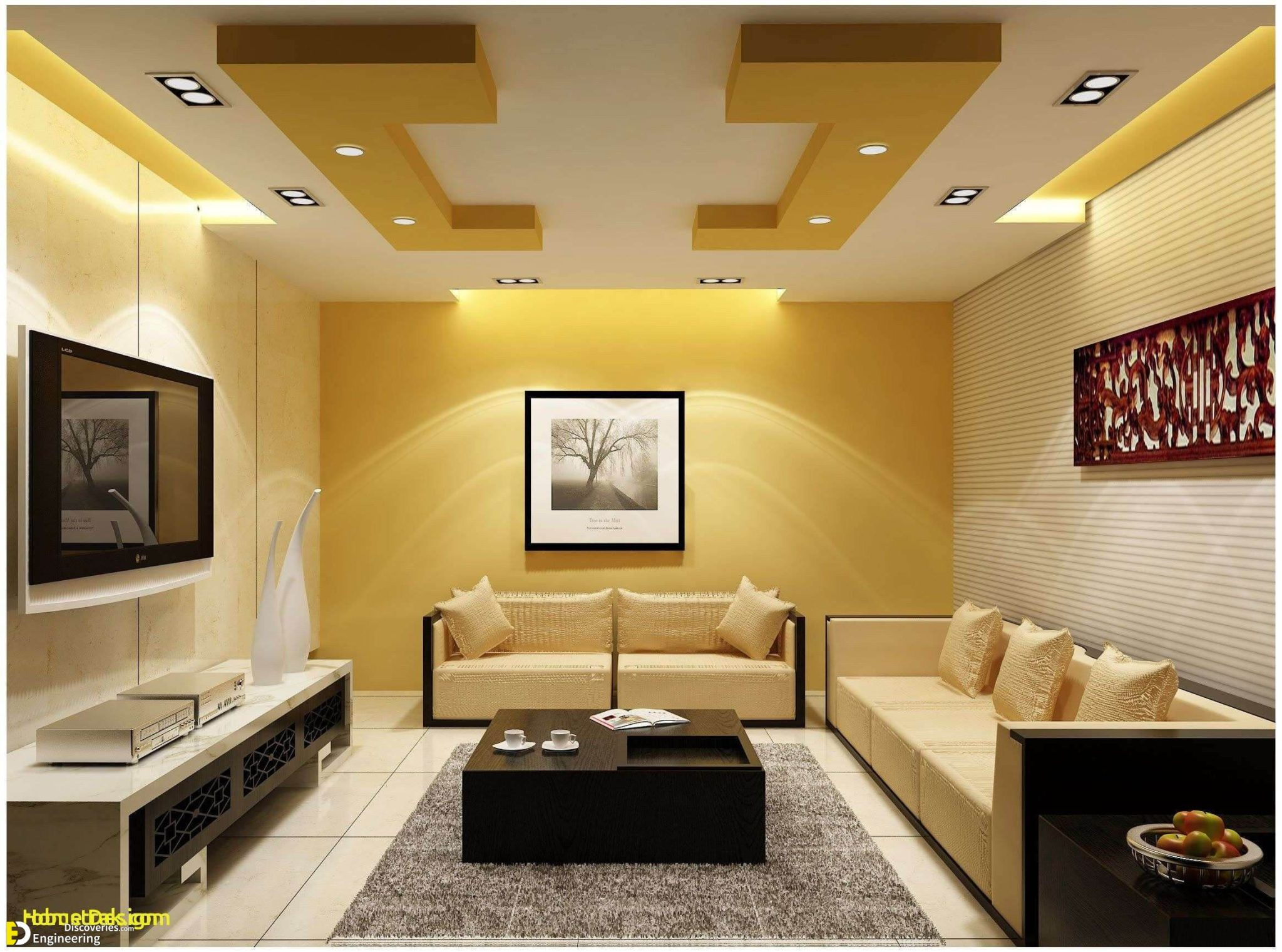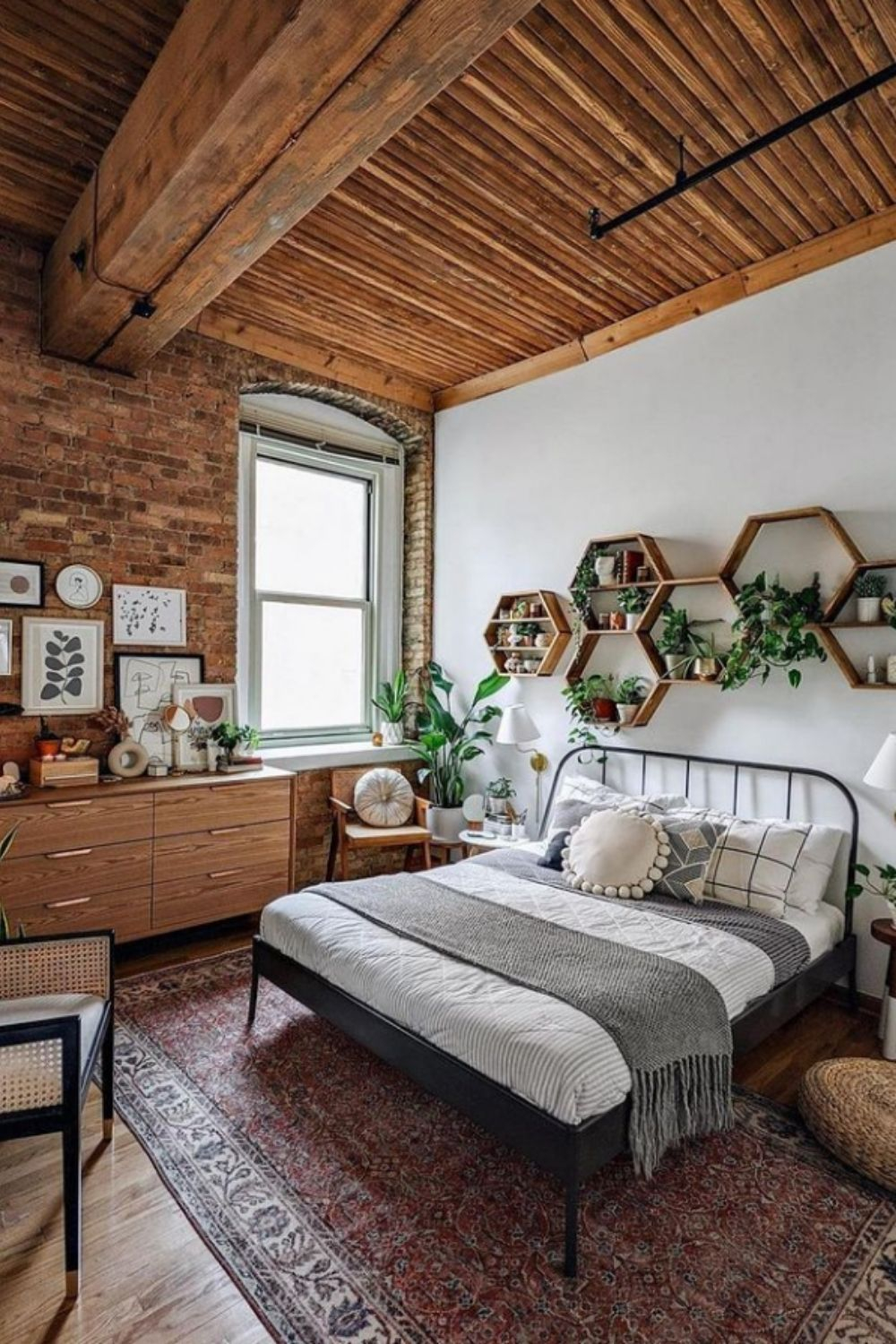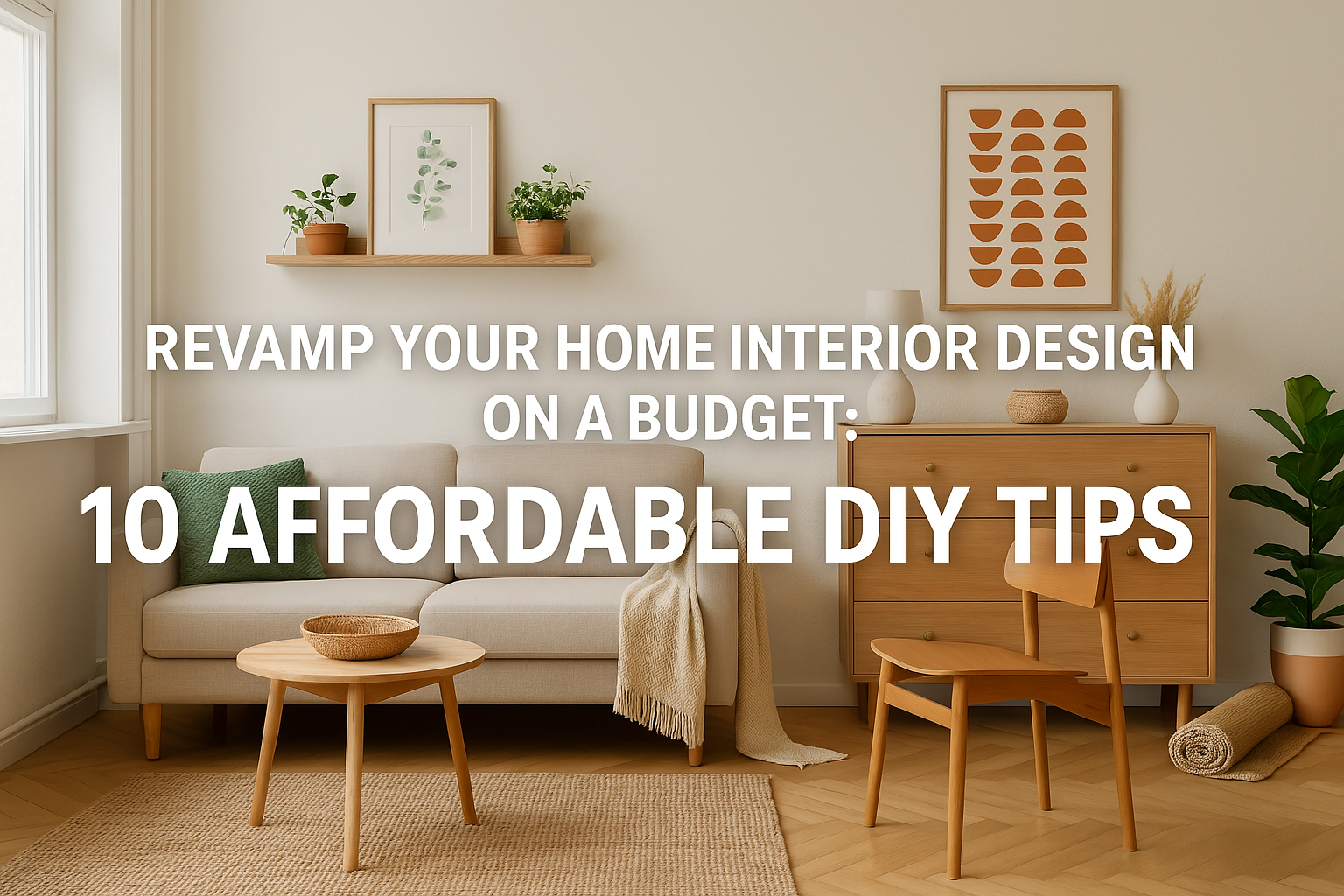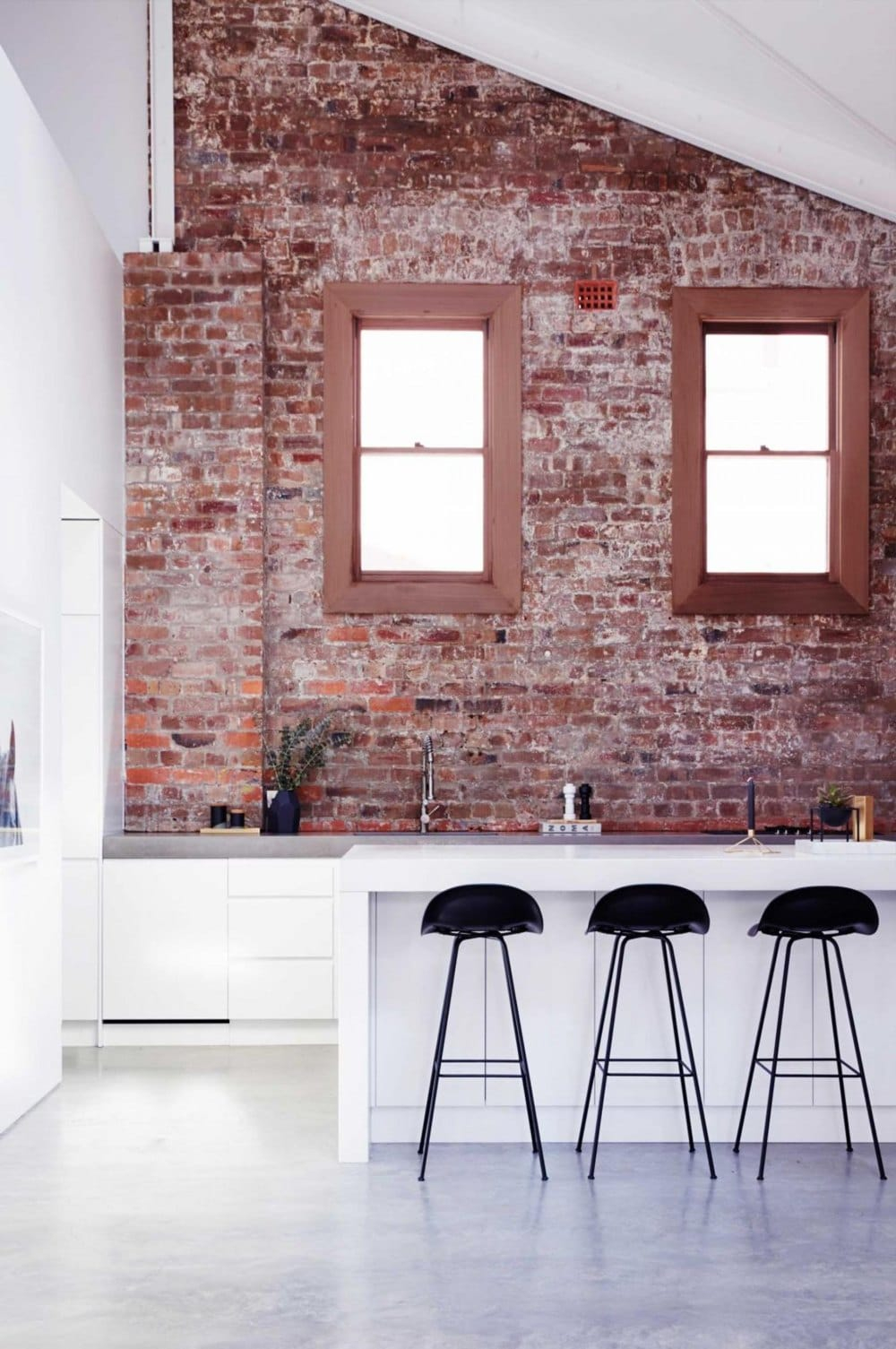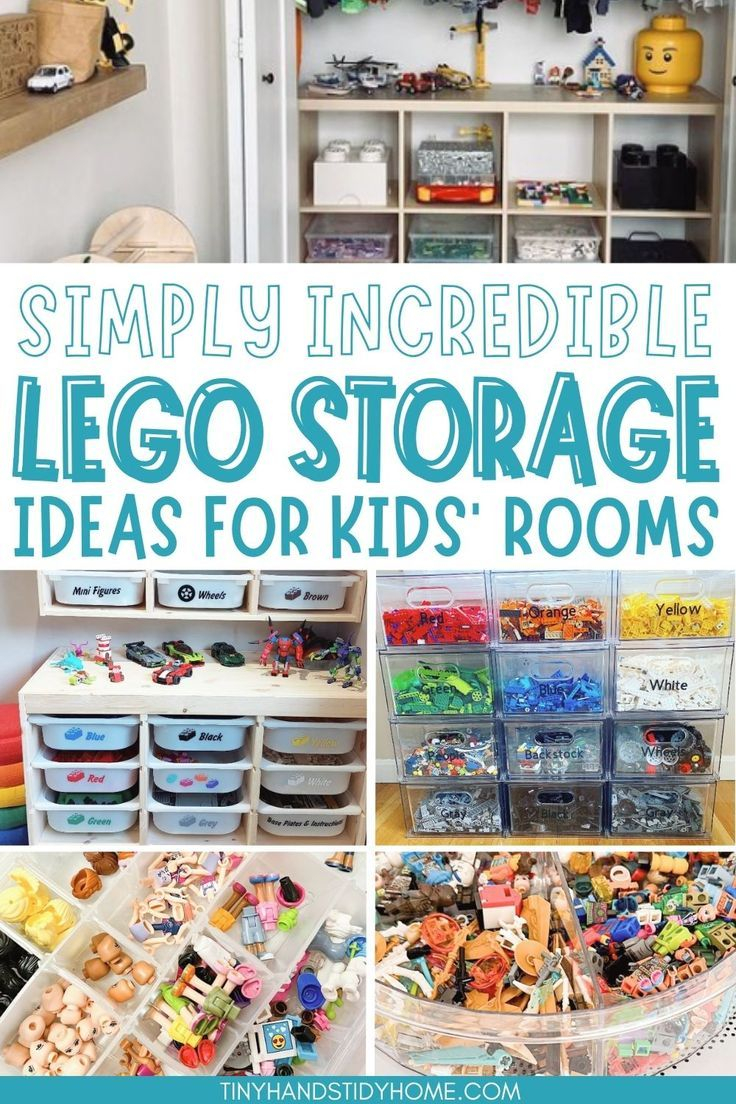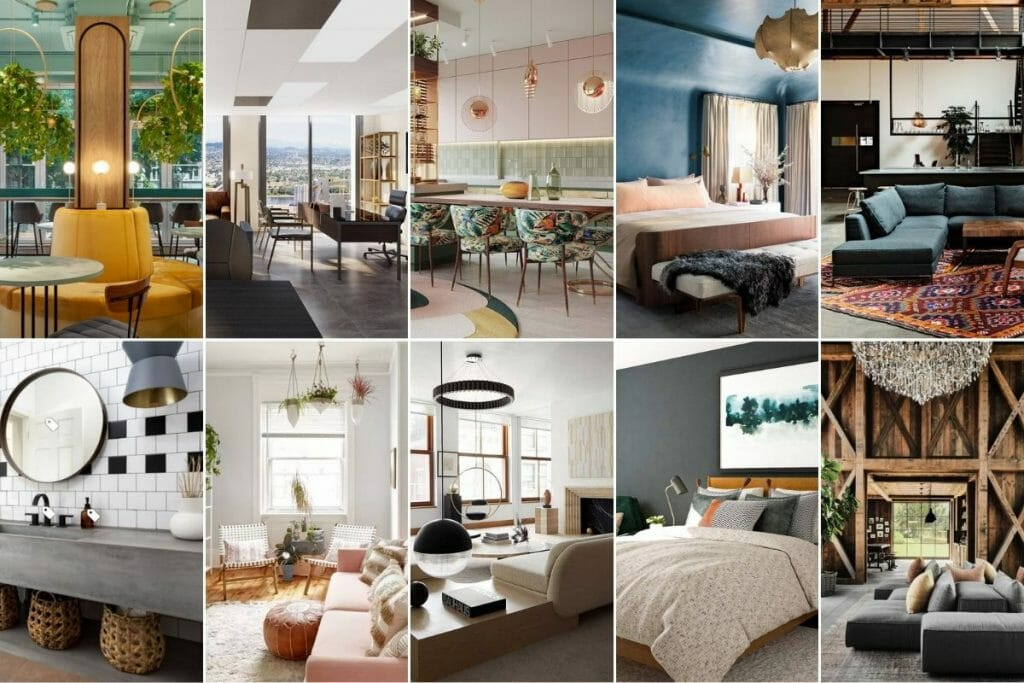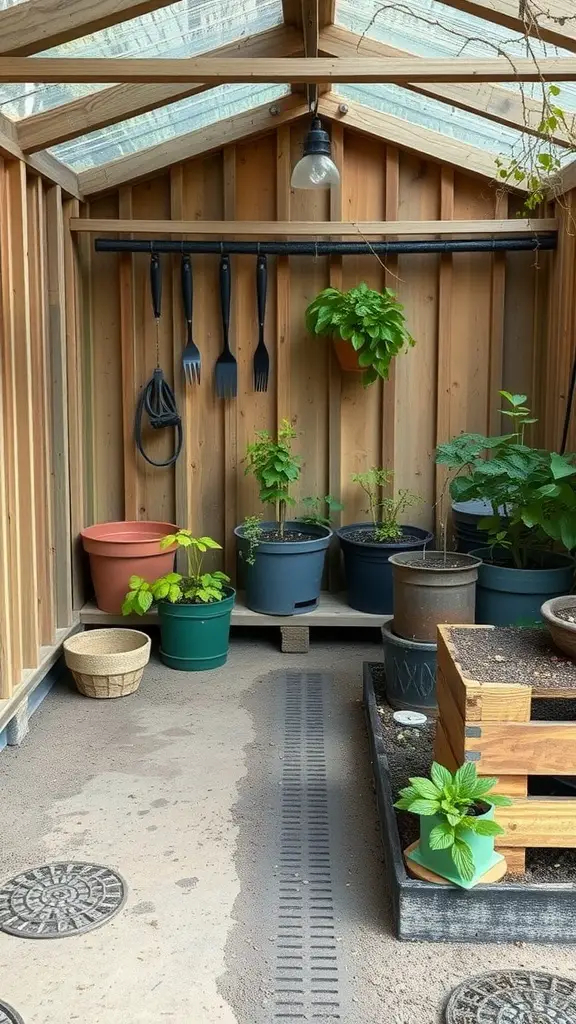Feeling cramped in your small office? You’re not alone. Many of us are tasked with making the most of limited square footage, whether it’s a dedicated room at home or a compact space in a commercial building. But a small office doesn’t have to mean a small impact. With smart strategies and a touch of creativity, you can transform your compact area into a highly functional and wonderfully inviting place to work. Let’s dive into how you can make your small office truly shine.
Ah, the small office. It’s a space that often presents a unique set of challenges, but also incredible opportunities. Think of it as a puzzle – how can you arrange everything so it’s not just usable, but also a place you actually want to spend your time? It’s about more than just shoving a desk in a corner. It’s about intentional design, clever storage, and creating an atmosphere that boosts your productivity and well-being. We’ll explore how to achieve just that, turning potential limitations into distinct advantages. Get ready to reimagine your workspace.
Smart Layouts: The Foundation of Functionality
The first step to a great small office is planning your layout. Where do you put the desk? How do you ensure good flow? Consider the natural light source. Ideally, your desk should be positioned to take advantage of it, perhaps facing a window or perpendicular to it, to reduce glare on your screen. Think about what you use most often – keep those items within easy reach. Vertical space is your best friend here. Instead of spreading out horizontally, think upwards with shelving and wall-mounted organizers. A good layout minimizes wasted space and makes movement around your office feel natural, not like a game of Tetris. Don’t be afraid to experiment before committing to furniture placement. Mocking it up with tape on the floor can be surprisingly helpful.
Declutter and Conquer: The Power of Organization
This is perhaps the most crucial element in any small space. Clutter is the enemy of productivity and calm. You need to be ruthless. Start by going through everything. Do you really need it? If not, donate, recycle, or toss it. For the items you do need, invest in smart storage solutions. Think drawer organizers, file cabinets that fit snugly under your desk, wall-mounted shelves, and even stylish bins and baskets. A clean desk equals a clear mind. Regularly schedule time for tidying up – even just five minutes at the end of each day can make a world of difference. Remember, organization isn’t a one-time event; it’s an ongoing practice.
Furniture Finesse: Choosing the Right Pieces
When space is at a premium, furniture selection becomes an art form. Opt for pieces that are appropriately scaled for the room. A massive executive desk will overwhelm a small office. Instead, look for sleek, minimalist designs. Multifunctional furniture is a lifesaver. Think about a desk with built-in drawers or a storage ottoman that can double as extra seating. Wall-mounted desks or floating shelves can also free up floor space, making the room feel larger. And don’t forget comfort. An ergonomic chair is essential for long work sessions, even if it’s a more compact model. Measure everything before you buy to avoid costly mistakes.
Light and Color: Creating an Inviting Atmosphere
The right lighting and color palette can dramatically impact how a small space feels. Maximize natural light whenever possible. Keep window treatments simple and light. For artificial lighting, layer your options. A good overhead light is a start, but task lighting (like a desk lamp) and ambient lighting (perhaps a small floor lamp or string lights) can create a more layered and inviting feel. Color plays a huge role too. Lighter, neutral colors on the walls tend to make a space feel more open and airy. You can add pops of color with accessories, artwork, or a statement piece of furniture. Avoid dark, heavy colors that can absorb light and make the room feel smaller and more closed in.
Personalization and Greenery: Adding Life and Character
Once the functional aspects are sorted, it’s time to make the space your own. Personal touches make a workspace more enjoyable and inspiring. This could be a few framed photos, some motivational quotes, or a piece of art you love. But don’t overdo it – too many decorative items can contribute to clutter. Plants are fantastic additions to any office, especially a small one. They bring life, color, and can even improve air quality. Choose low-maintenance plants that fit your space, like a snake plant or a pothos. A touch of greenery can make a big difference in making your office feel welcoming and less sterile.
Technology Taming: Managing Wires and Gadgets
In today’s world, technology is essential, but cables and gadgets can quickly turn a tidy space into a chaotic mess. Invest in cable management solutions. This could include cable clips, sleeves, or a cord organizer box. Mount your monitor on an arm if possible to free up desk space. Wireless peripherals can also help reduce the tangle. Think about where you’ll store your printer, scanner, or other devices – perhaps a dedicated shelf or a cabinet. Keeping your tech organized not only looks better but also makes it easier to use and maintain. A little effort here goes a long way in maintaining that functional and inviting feel.
Creating a functional and inviting small office is absolutely achievable. It’s all about thoughtful planning, smart organization, and a keen eye for how each element contributes to the overall atmosphere. By focusing on efficient layouts, decluttering diligently, choosing the right furniture, and using light and color strategically, you can transform even the most compact space into a productive and pleasant environment. Don’t forget to add those personal touches and manage your tech clutter to complete the picture. Your small office is more than just a place to work; it’s a space that should support your best efforts and bring you a sense of calm and inspiration. Go ahead, make it yours.

